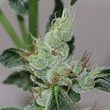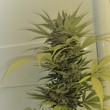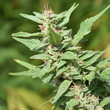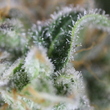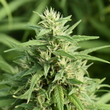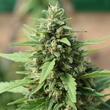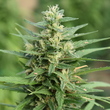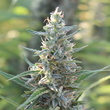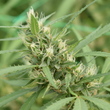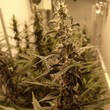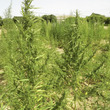Introduction
Neuroprotective M2-skewed microglia appear as promising to alter the course of neurodegenerative diseases and G protein-coupled receptors (GPCRs) are potential targets to achieve such microglial polarization. A common feature of adenosine A2A (A2AR) and cannabinoid CB2 (CB2R) GPCRs in microglia is that their expression is upregulated in Alzheimer's disease (AD).
Material and méthods
Δ9-THC was purified from the Cannabis variety MONIEK (CPVO/20160114) following a patented method described in the Phytoplant Patents: “Methods of purifying cannabinoids using liquid: liquid chromatography” with code 10207199 B2. The Δ9-THC has a purity > 95%. CANNA products were used for the cultivation process.
Results
CB2R seems a target for neuroprotection, delaying neurodegenerative processes like those associated to AD or Parkinson's diseases. A2AR antagonists reduce amyloid burden and improve cognitive performance and memory in AD animal models. We here show a close interrelationship between these two receptors in microglia; they can physically interact and affect the signaling of each other, likely due to conformational changes within the A2A-CB2 receptor heteromer (A2A-CB2Het). Particularly relevant is the upregulation of A2A-CB2Het expression in samples from the APPSw,Ind AD transgenic mice model. The most relevant finding, confirmed in both heterologous cells and in primary cultures of microglia, was that blockade of A2A receptors results in increased CB2R-mediated signaling.
Discusion
This heteromer-specific feature suggests that A2AR antagonists would potentiate, via microglia, the neuroprotective action of endocannabinoids with implications for AD therapy.
Other publications
See more
See more
See more
See more
See more
See more
See more
See more
See more
See more
See more
See more
See more
See more
See more
See more
See more
See more
See more
See more
See more
See more
See more
Ask for information
Can we be of help to you? Do you have any questions about us? Write to us and we will contact you as soon as possible.
